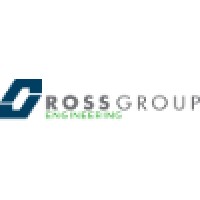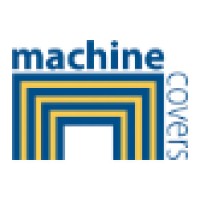
Ross Engineering
Ross Engineering serves the oil and gas, industrial, commercial, and public sectors. Ross Engineering is affiliated with The Ross Group, which has provided construction services since 1979. Ross Engineering specializes in Midstream Oil & Gas, Industrial Facilities, Medical Facilities, Laboratories, Central Plants, Data Centers, Energy Production, State and Federal Government, Commercial Buildings, and Manufacturing. Ross Engineering provides services to the nations largest oil & gas companies, including Plains All-American Pipeline, Devon Energy, and Continental Resources. Projects involve oil terminal facilities, compressor stations, gathering pipeline systems, truck off-load, and central tank batteries. Ross Engineering utilizes CADWorx for 3D piping; SynerGee for modeling of water, oil, and gas pipelines; and Promax for process modeling.






